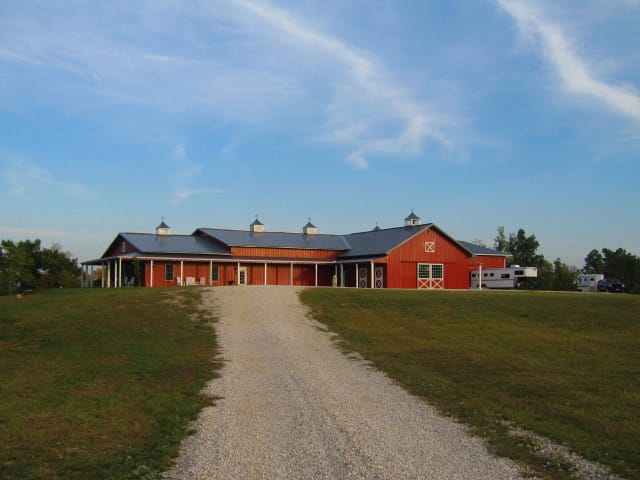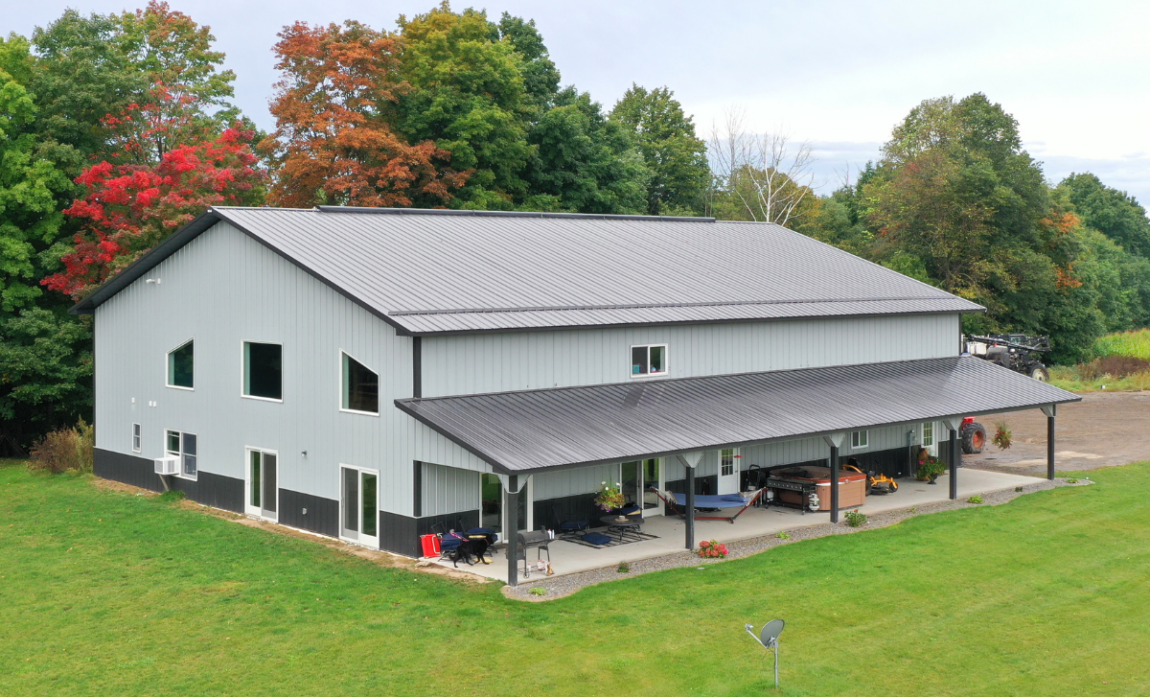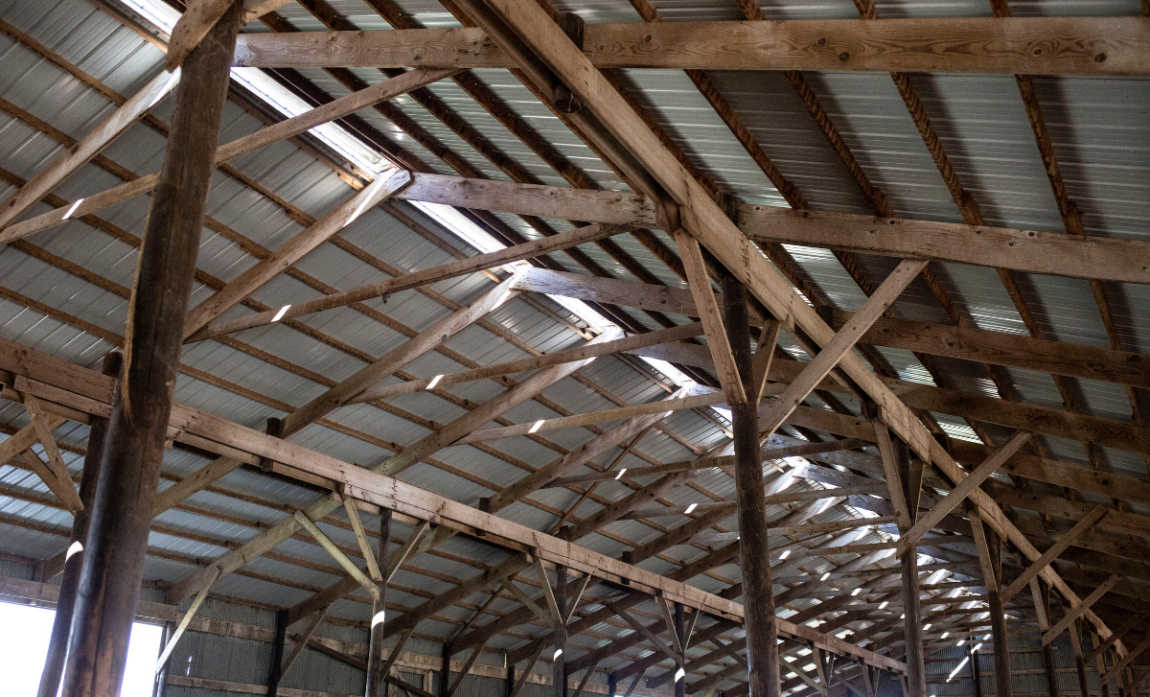Every horse owner and trainer knows the problems with training over winter, in the mud, or at night when lighting becomes a problem. But an indoor horse arena can offer consistent ground surface, comfortable temperatures, better lighting, a longer working day, and even be a source of revenue.
1. Consistent Ground Surface – Steady as She Goes
The first thing a horse arena offers is being able to maintain consistency in the ground surface. When your training area is out in the elements, you’re at Mother Nature’s mercy, which can lead to mud, soft and hard areas, frozen ground and snow or ice. Training becomes more difficult as ground consistency changes.
Inside the arena, however, you can create your own base, and maintain the moisture level in the soil for whatever works for your situation. Dust can be kept down with a spray or base additive, and you’re protected from the wind and blowing dust.
2. Comfortable Temperatures and Air Flow – Avoid the Ups and Downs
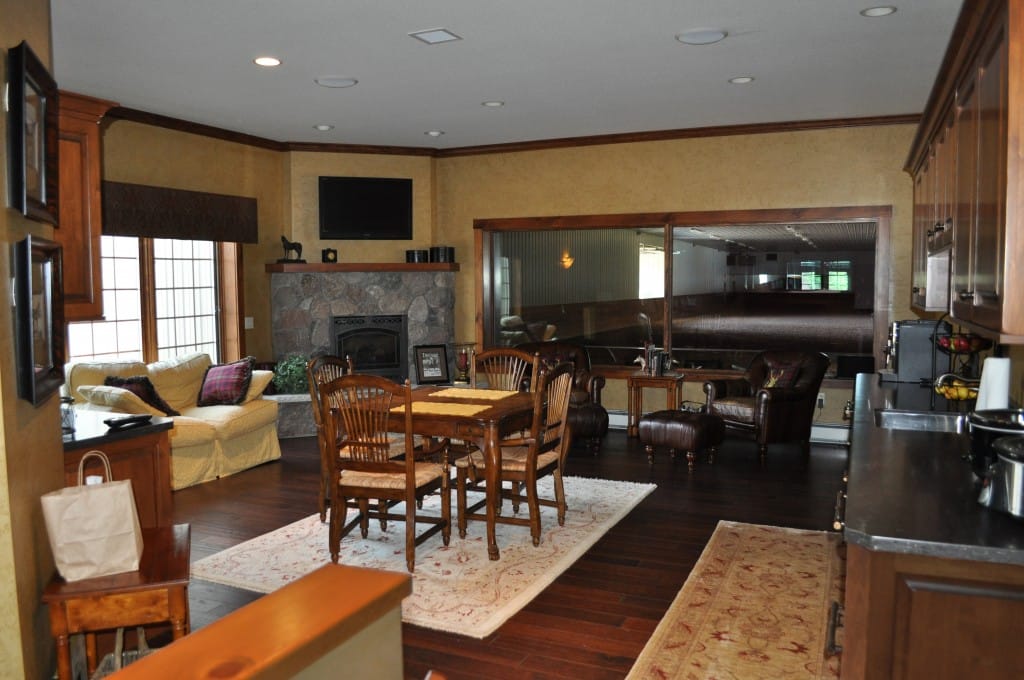
Temperature is another important issue. While spring and fall are pleasant and comfortable, there’s the problem of keeping warm in the winter and cool in the summer.
Depending on how your outside training area is set up, you may be able to utilize natural tree shade in the summer and take advantage of cooling breezes; however, in the winter you’re outside in all the snow and/or wind. An indoor arena offers 365 days of training. Without an arena, you’ll probably get half that number, and miss a lot of days due to inclement weather.
To aid with temperature and comfort, you’ll also need to consider air flow, and whether to install a ceiling. If you’re going to put in a ceiling and insulation, you’ll need enough fresh air intake and exhaust fans to keep the air moving.
As mentioned above, dust can be an issue depending on your footing base. If you don’t have a ceiling, dust is less of a problem, because it can rise up to the peak and escape out the vented ridge. You’ll also want plenty of operable doors to aid with air flow and move fresh air into the building. Consult with your builder about air flow issues, doors, and intake and exhaust fans.
3. Better Lighting – Inside and Out
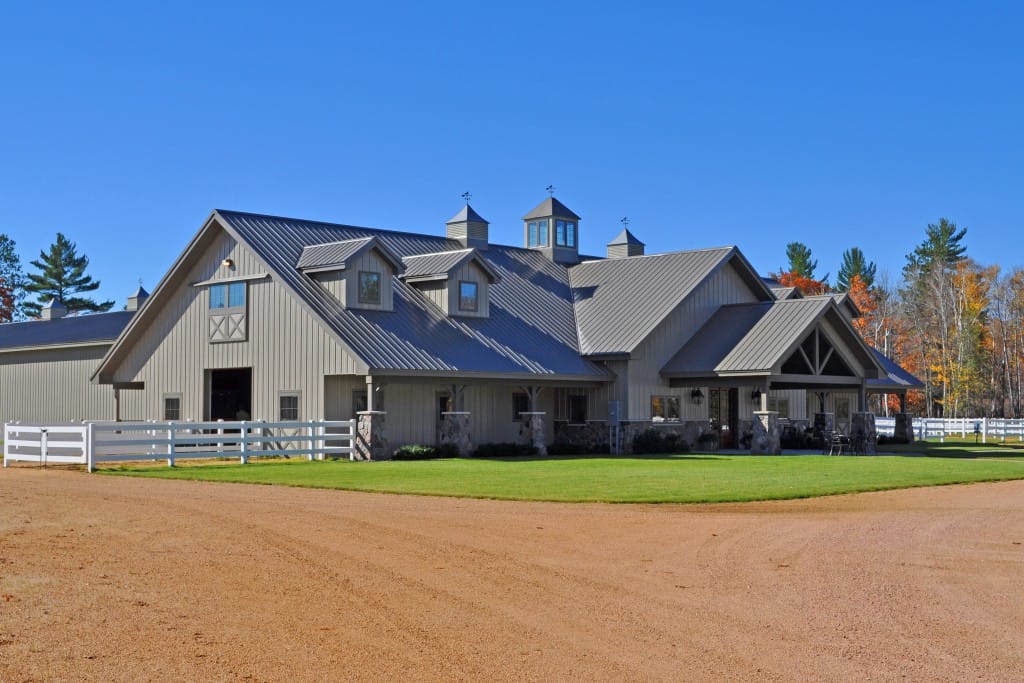
Artificial lighting can add to the length of the working day. You can go as late at night as you want, which is not always an option for trainers, especially of younger horses, and especially outdoors.
Outdoor training requires dealing with exterior lighting, which can create shadows and spook a horse. It takes a lot more outside lighting to create the same effect as indoors with fewer lights. Outdoor training means a perimeter light source, and worrying about shadows and dark patches.
Inside, the lights can go on the ceiling, and you can have the corners lit against shadows.
Be sure to talk to your lighting contractor about energy efficiency of your lamps. There are energy-efficient lamps that provide enough wattage, and can run for hours on pennies. And if you’re in the Midwest using certain types of lighting, be sure to ask about having the proper ballasts. You’ll need cold start ballasts for the cold winters.
4. Revenue-Generator – Rent for Rides
Finally, your indoor arena can also be used for commercial work or rent. An outsider is more likely to rent space on your farm if they know there’s an indoor arena they can use any day of the week without worrying about weather or lighting.
While a horse arena can seem like a large expense, it can end up aiding you in your horse training by providing extra training time, more consistent ground, better lighting, more comfortable days, and a safe place against the weather.

